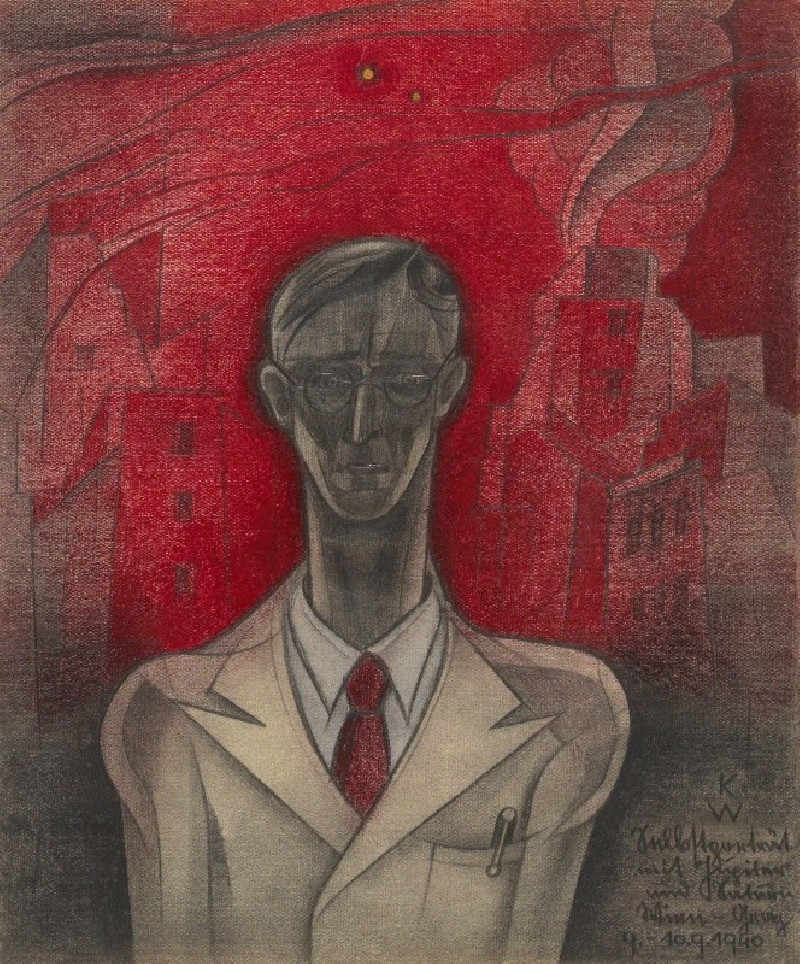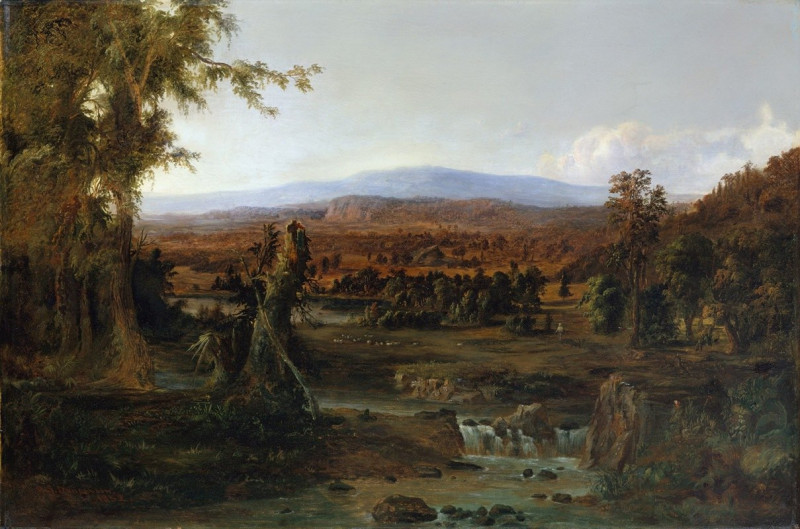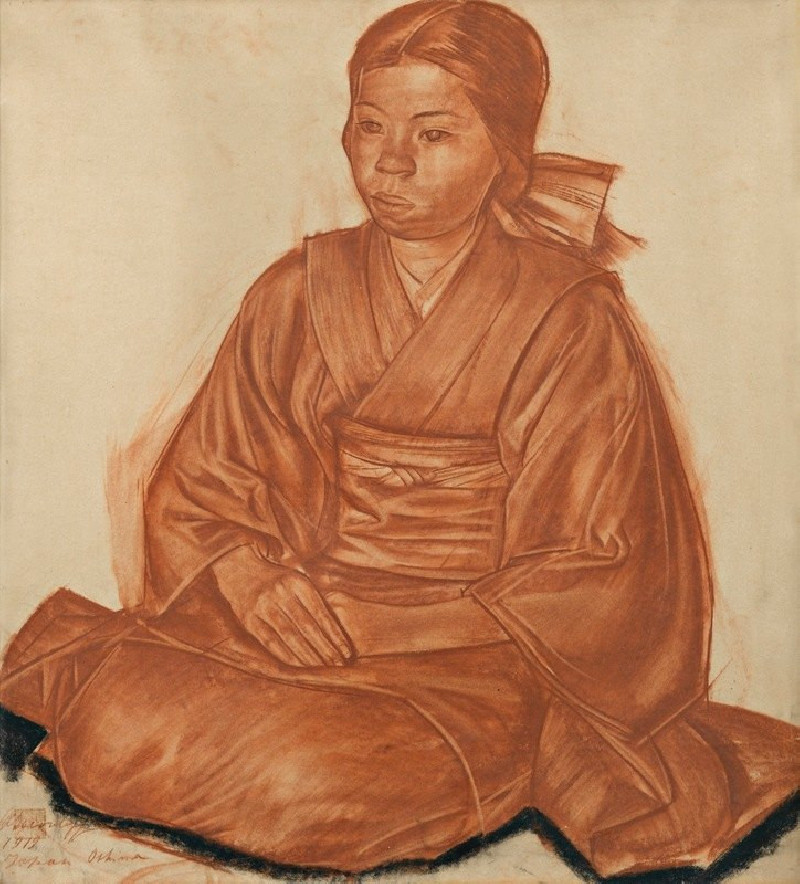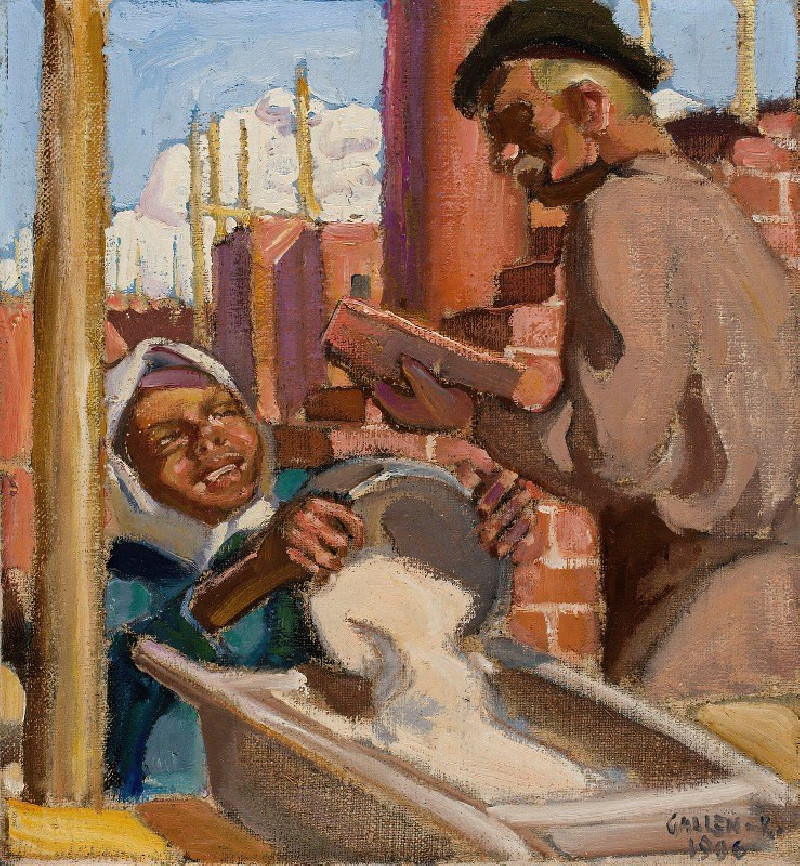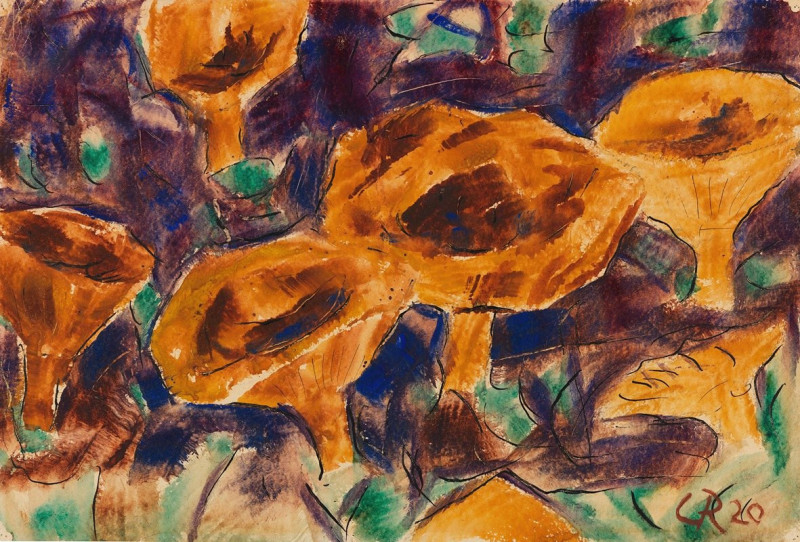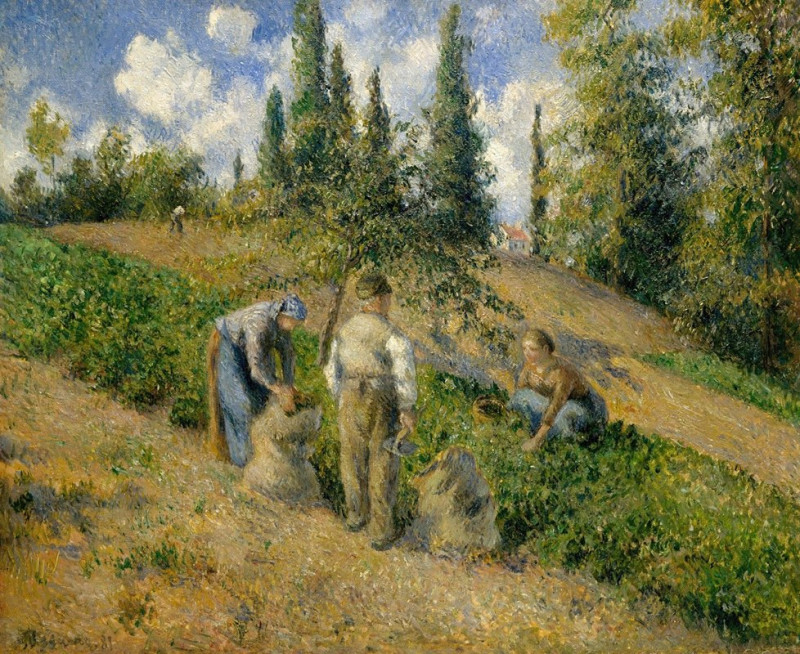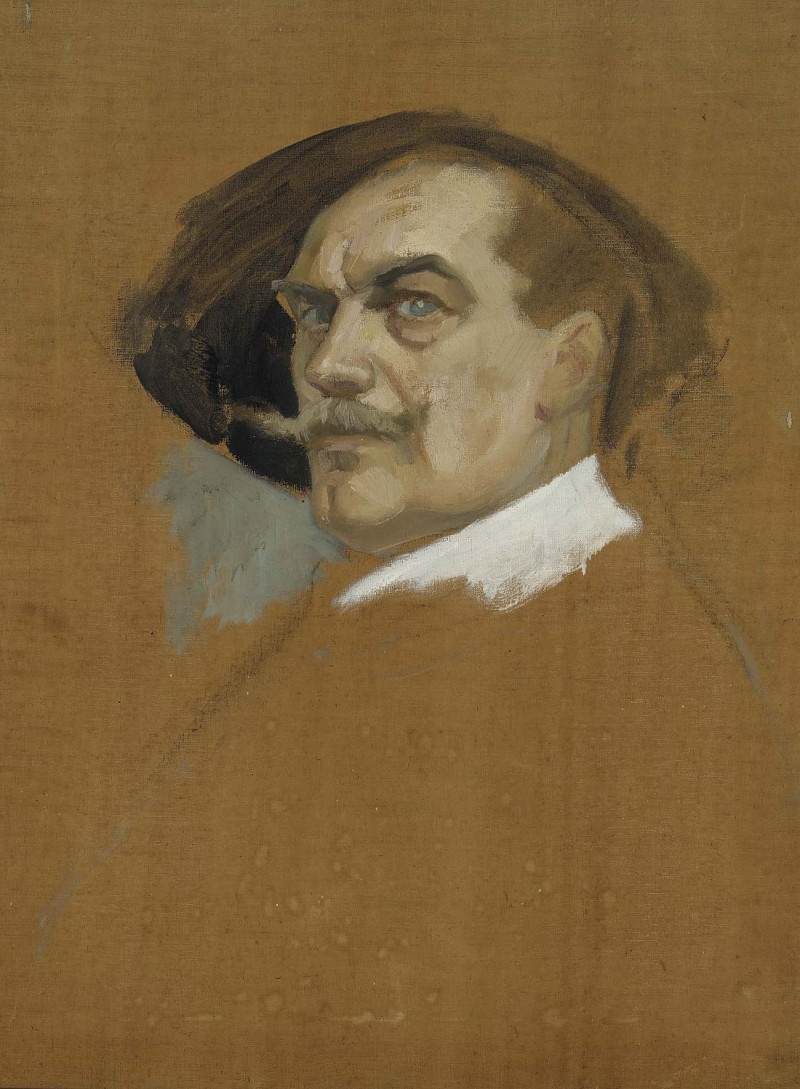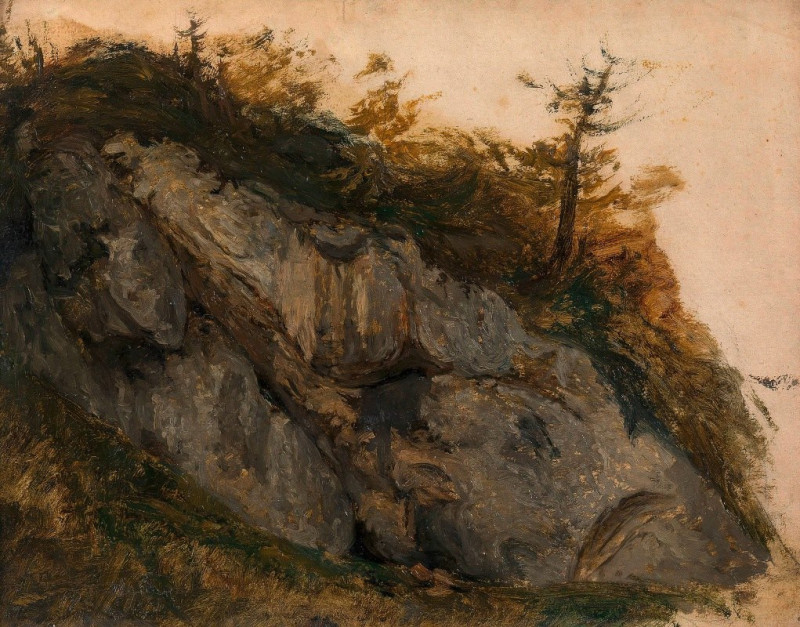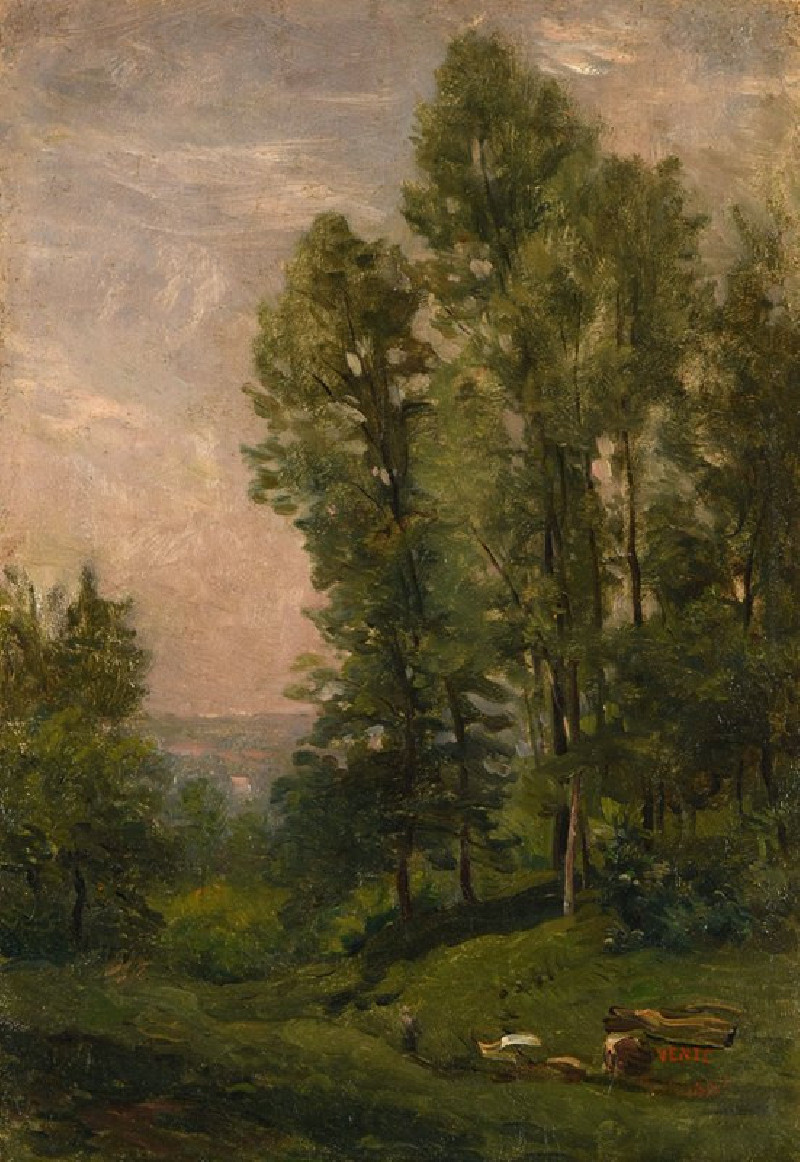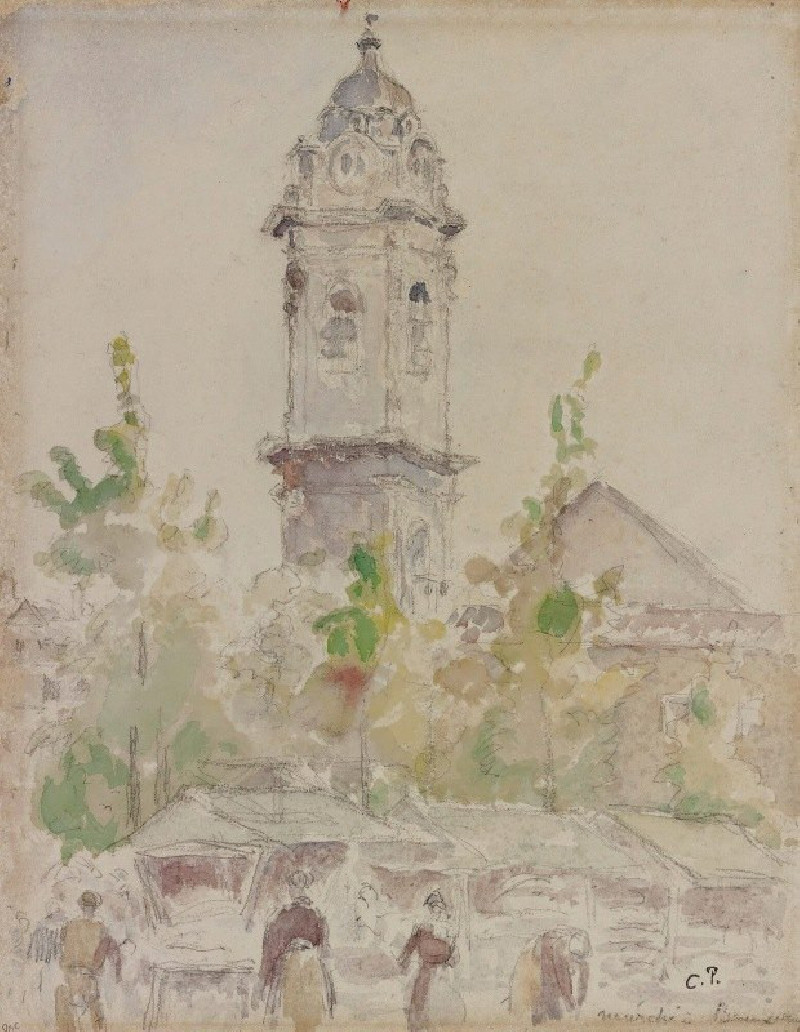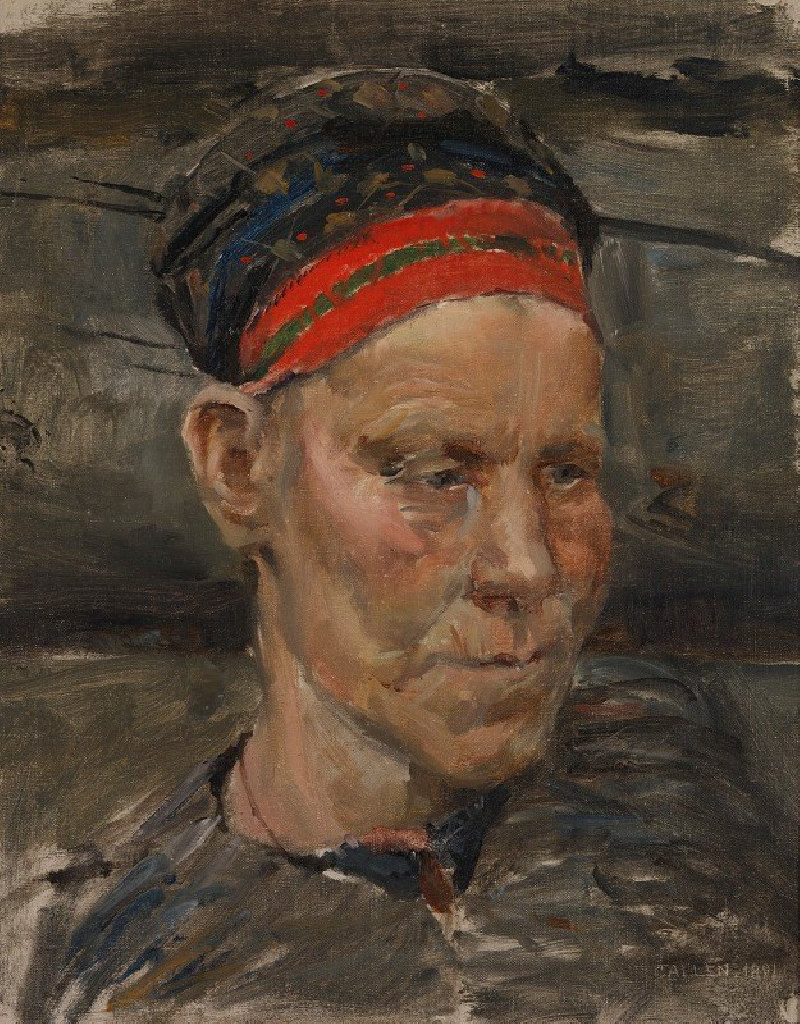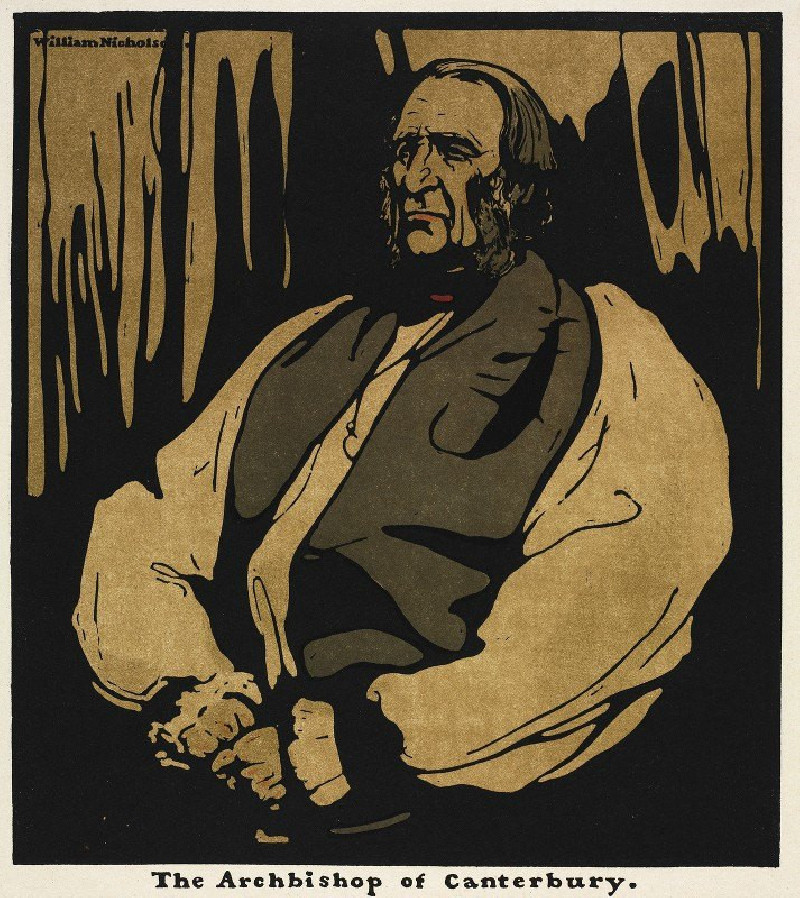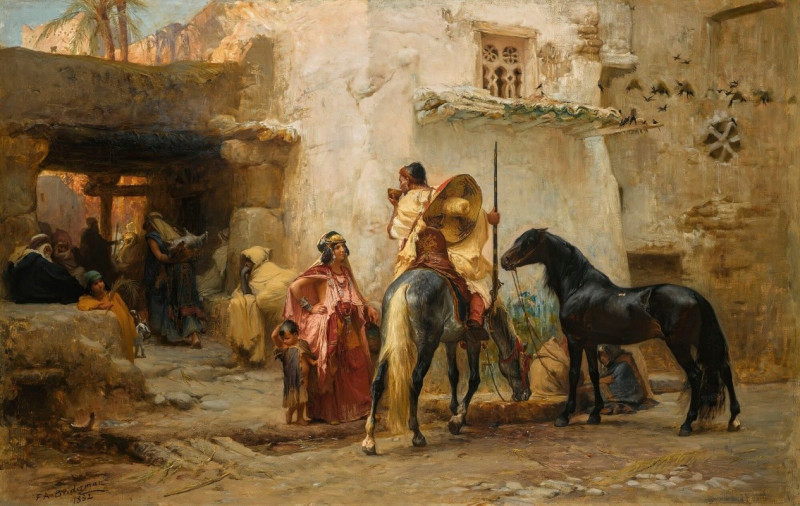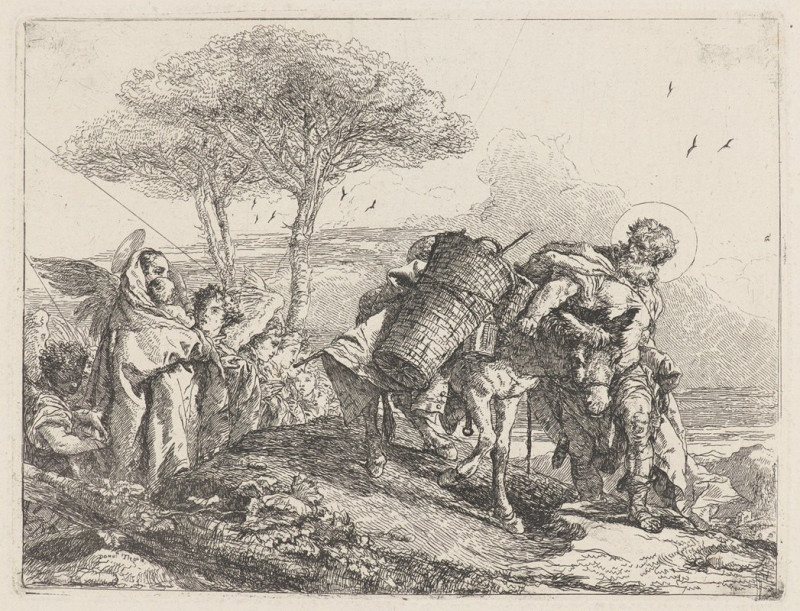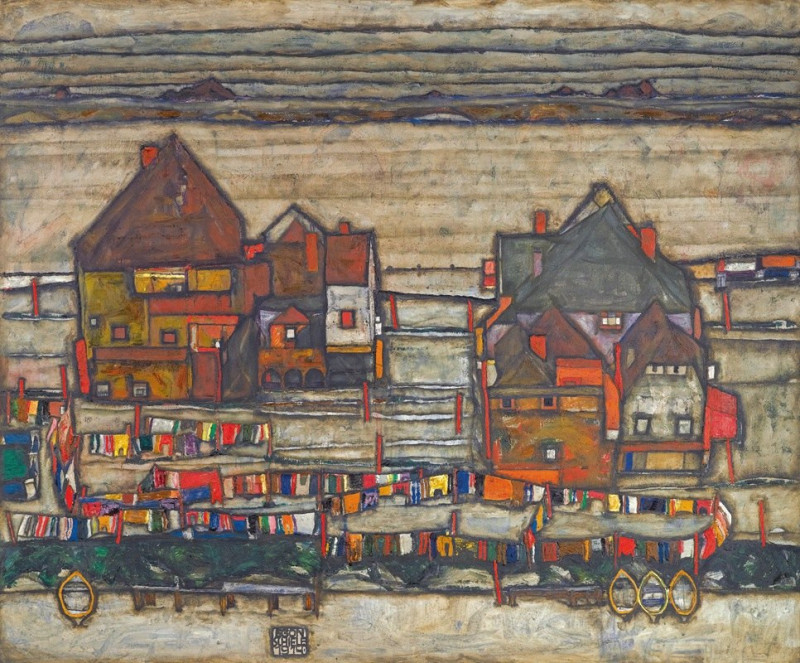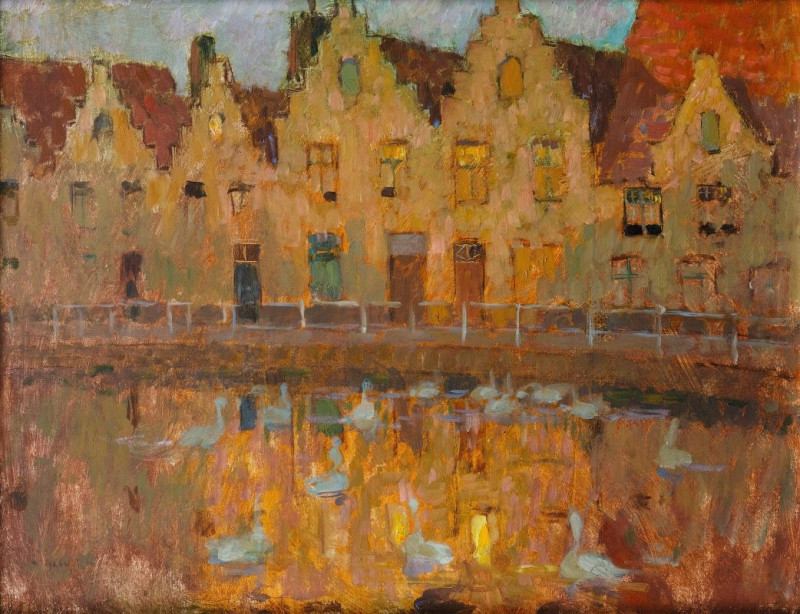Selbstporträt mit Jupiter und Saturn (1940)
Technique: Giclée quality print
Recommended by our customers
More about this artwork
"Selbstporträt mit Jupiter und Saturn" (1940) by Karl Wiener is a captivating self-portrait that delves into the introspective and cosmic. The painting presents a striking figure at its center: the artist himself, depicted with meticulous detail in a solemn expression. His elongated features and glasses are set against a canvas washed in deep red, evoking an aura of intense emotion or contemplation.Hovering above the artist’s head are two small, bright dots representing Jupiter and Saturn. These celestial bodies add a mystic element to the portrait, suggesting a broader existential context for Wiener's introspection—perhaps reflecting on the influence of larger cosmic forces on personal fate or the passage of time. Surrounding the figure are abstract forms and architectural elements, their geometric shapes merging with the ethereal background, creating a sense of movement and depth.This artwork is a profound exploration not only of self but also of one’s place within the wider universe, combining personal narrative with universal symbolism.

